Review
Wedged between the intensity of Ton Duc Thang St and the relative calm of the Saigon River, Saigon’s riverfront is a great place to get a sense of the city's past, present and fast unfolding future.
Saigon has gradually started to realise the riverfront is one of the few uncluttered areas in the city. Walking here has improved lots. Locals head here for exercise.
In a city that shows little interest in walkability as a virtue, the riverfront is definitely one of the safer, more relaxed and more visually interesting walks in the downtown area. Once you've made the perilous crossing of Ton Duc Thang St, you should be free of motorbike harassment.
The opposite side of the river, known as Thu Thiem, has long been mooted as Saigon’s Pudong. In the 1990s, it was intended that the city’s high-rise buildings would be located here to keep the District 1 area low rise. Tragically, good sense didn’t prevail. The fast dollar won the Saigon city planning argument and seems to have been winning ever since.
These days you can walk all the way to the Ba Son Bridge that opened during COVID, adding more interest. This bridge makes it easy to add Thu Thiem to your exploration.
Landmarks along the walk:
1. Ba Son Bridge
The Ba Son Bridge is the newest crossing (2022) of the Saigon River and the closest to the downtown area. Good luck crossing the road in this area.
2. French era cannons.
You’ll see these as you cross the road from 3A Station. Unfortunately not sure of the history of these but they look to have been in this position for a very long time.
3. Naval buildings still in use.
The navy still works in the old colonial era buildings across Ton Duc Thang St. There's a wonderful avuncular picture of Uncle Ho in navy kit at the top of one of the buildings. Photography not permitted.
4. Local life -
Locals catching what must be very toxic fish, doing their daily exercise, or simply cooling off by the river and chatting over a drink.
5. Thu Thiem Parish -
Look across the river, and apart from the new developments rising, you’ll see a cluster of old church buildings that date back to 1840. They pre-date the colonisation of the city by the French and are the oldest Catholic buildings in the city. Thu Thiem parish became an enclave of the Catholic Church from the early 19th century but has recently been threatened with destruction as part of the grand development plans for this area. It has survived so far.
6. Tran Hung Dao statue (Me Linh roundabout).
Tran Hung Dao is a national hero who repelled Mongol invasions in the 13th century. This statue was erected in the 1960s.
7. Majestic Hotel:
One of the city’s historic colonial era hotels. Built in 1925, the Majestic features in Graham Greene’s The Quiet American.
8. Customs building (1887) -
This is one of the city’s most striking colonial buildings in neo classical style - from the man who brought us the Saigon Post Office and other important buildings, Alfred Foulhoux. Apart from its visual appeal, the Customs building’s decorative detail is also worth noting - which features opium poppies. Opium was an important source of income for the French colonial government. There are plans to demolish the building.
9. The Signal Mast
The signal mast at the junction of the Saigon River and the Ben Nghe canal was used to provide instructions to arriving ships from the 19th century. It was also a gathering point for evening entertainment.
10. Nha Rong -Ho Chi Minh Museum.
The striking red colonial era building across the Ben Nghe canal is the Ho Chi Minh Museum - aka. the Dragon House. Built in 1863, Ho Chi Minh left from here in 1911 for a 30 year journey across the world where he developed his campaign for Vietnamese independence. The museum is one for the museum or Ho Chi Minh buffs or those with lots of time in the city.
11. The old Saigon banking district.
As the path turns down the Ben Nghe canal, we approach the old banking district of the city. There are two especially imposing structures - both now offices of the State Bank of Vietnam. The first was once the office of HSBC bank (note the grills on the windows). The larger of the two was formerly the offices of the colonial era Banque de l’indochine.
12. Pont de Messageries Maritimes by Gustav Eiffel
According to historian Tim Doling, this green wrought iron arched bridge, built in 1882, is the only remaining Gustav Eiffel structure in Saigon. It was restored in 2010 and is a visual highlight of the walk. It’s also a popular spot for wedding photography and selfie stick armed young locals.
13. The Ho Chi Minh City Stock Exchange.
Inaugurated in 1928 as the colonial era Chamber of Commerce and later the Senate of the South Vietnamese government. The Ho Chi Minh City Stock Exchange was inaugurated here in 2000.
14. The Calmette Bridge
You can continue along Vo Van Kiet St and the Ben Nghe Canal as far as you wish. The Calmette Bridge makes a good end point with interesting views back across the city both in the early morning and late afternoon.
If you want to explore the history of any of these buildings in more detail, check out Tim Doling’s wonderful blog, Historic Vietnam here.
Travel tips This area used to be pretty dangerous (years ago). It all feels very safe now. Still, exercise caution, don't bring any valuables and hold on to your phone and camera.

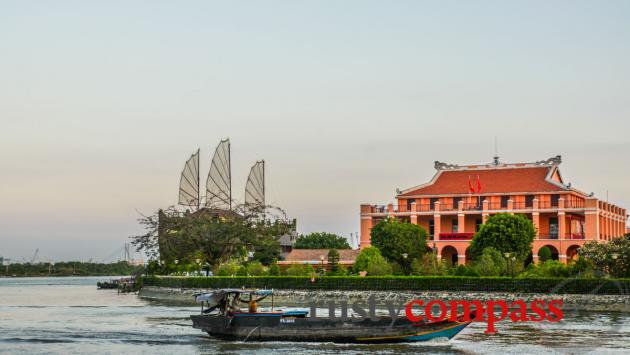
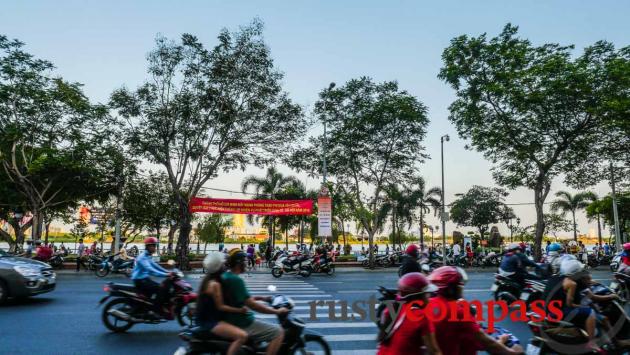
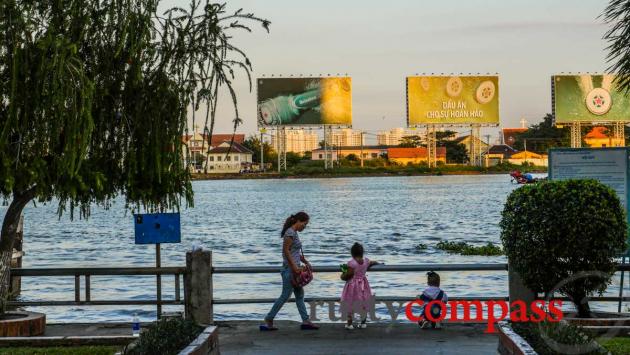
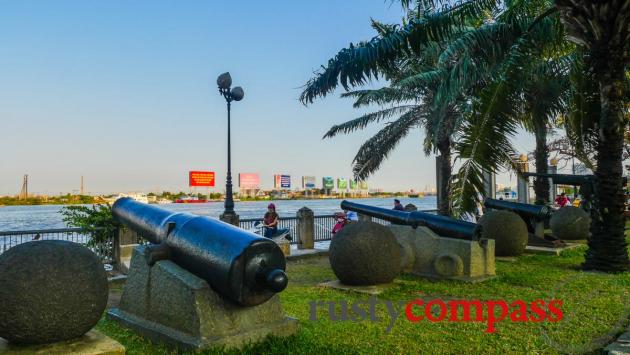
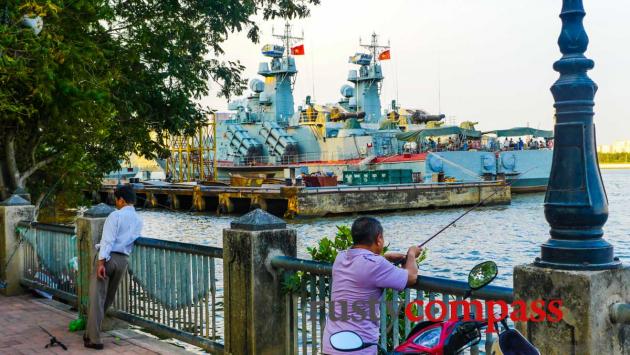
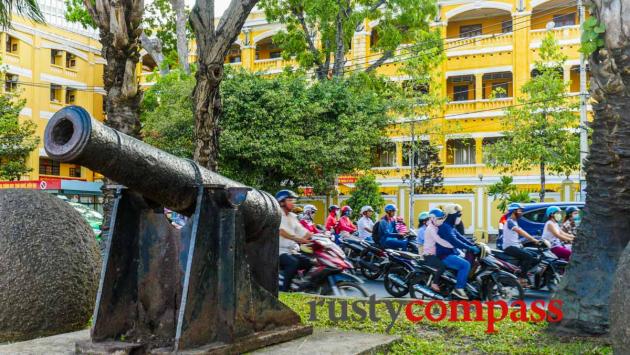
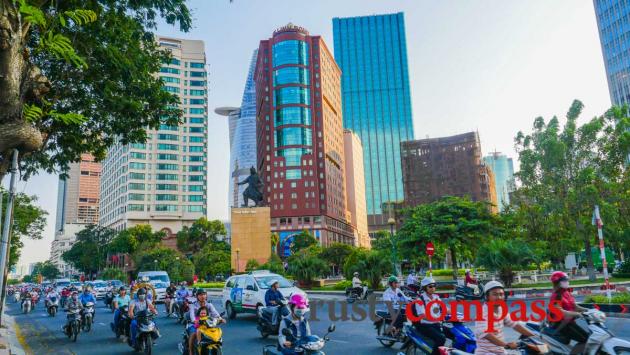
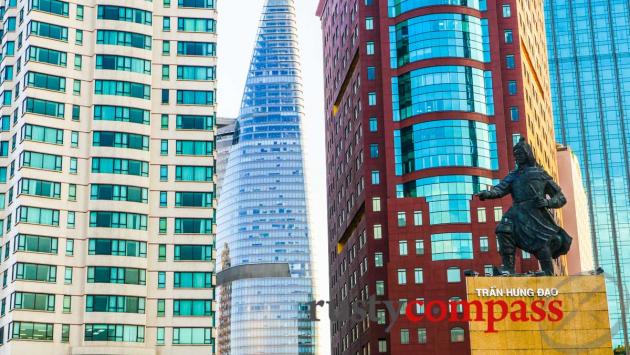
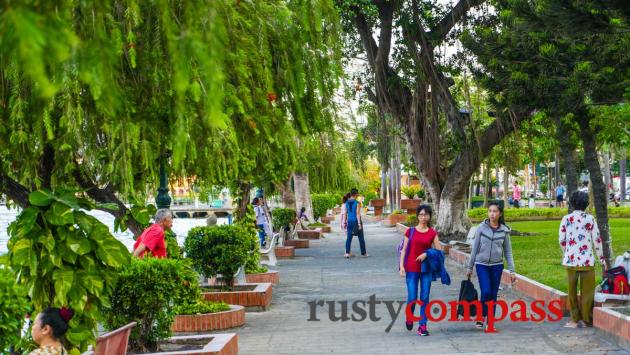
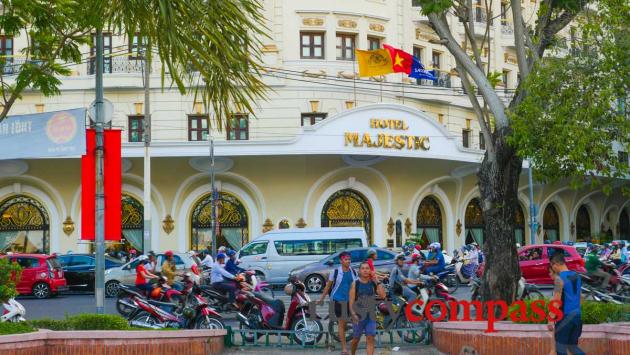
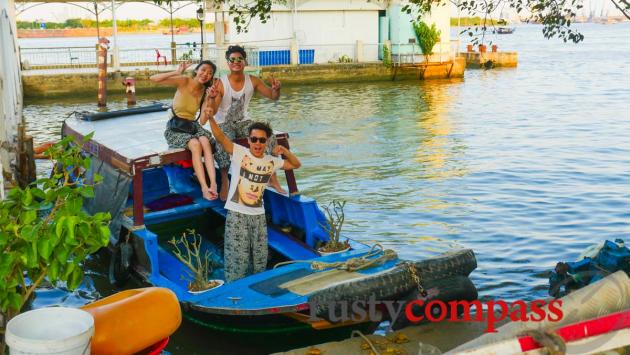
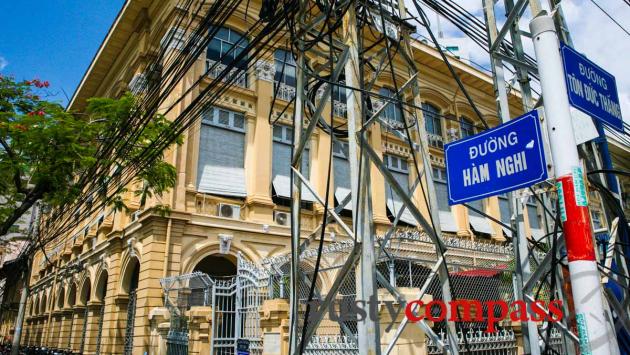
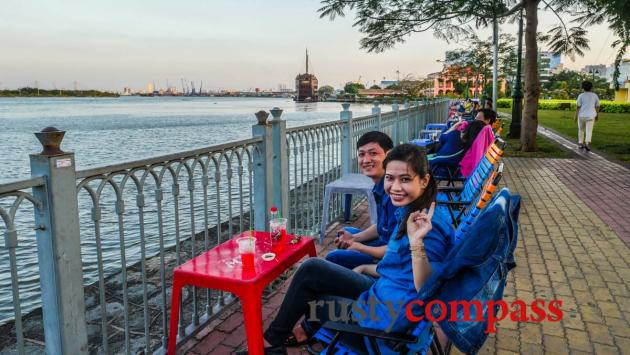
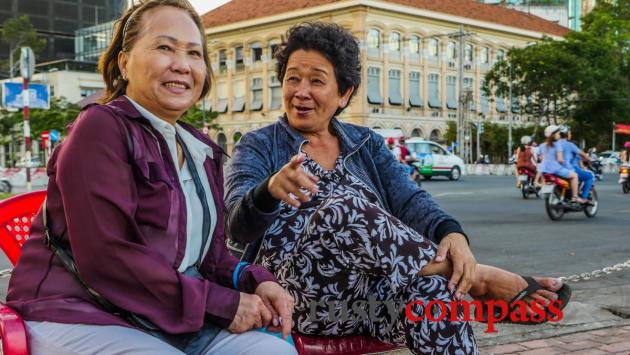
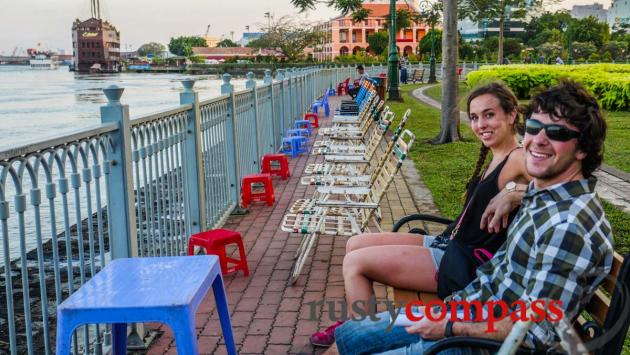
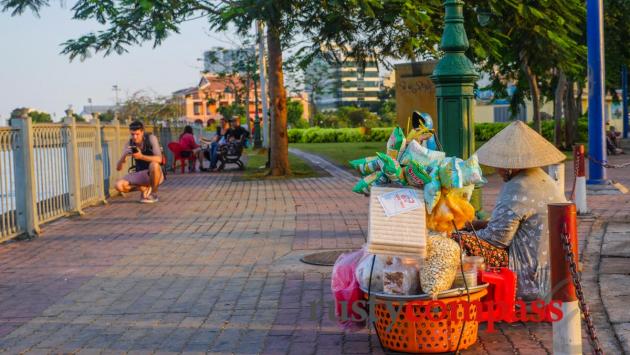
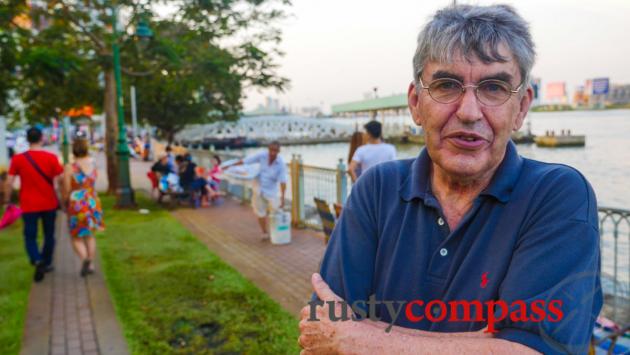
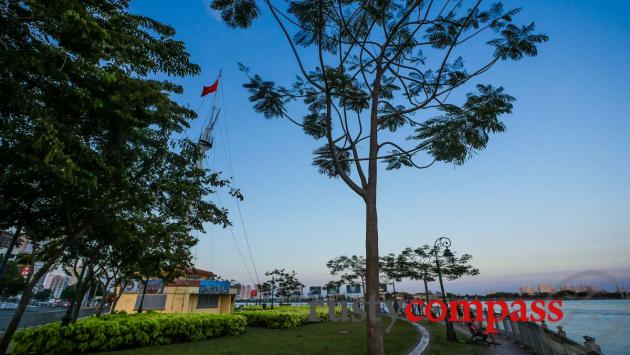
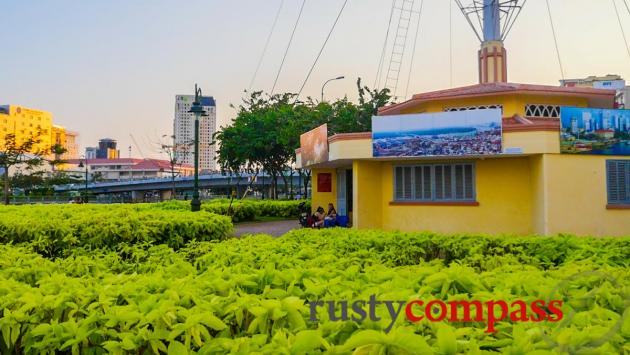
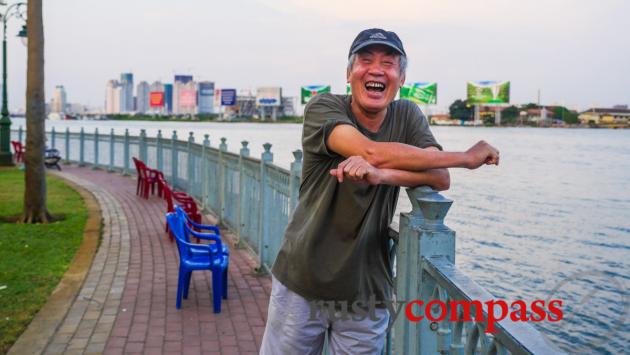
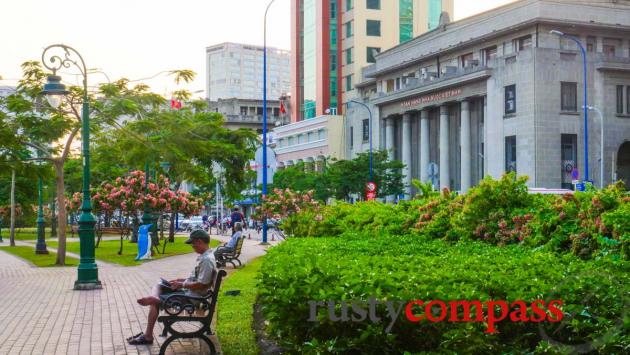
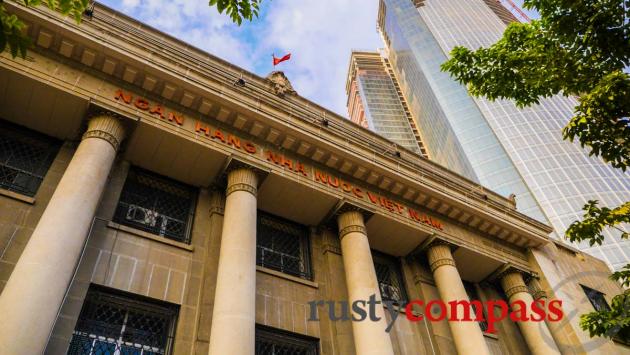
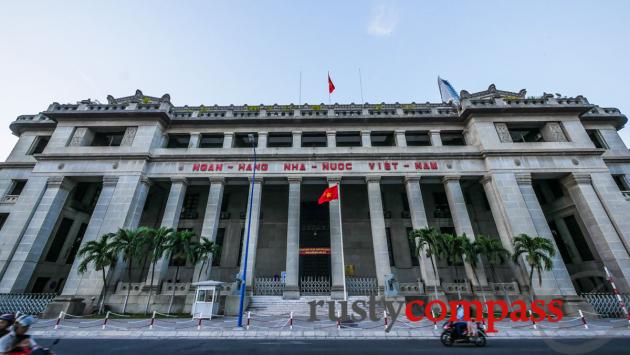
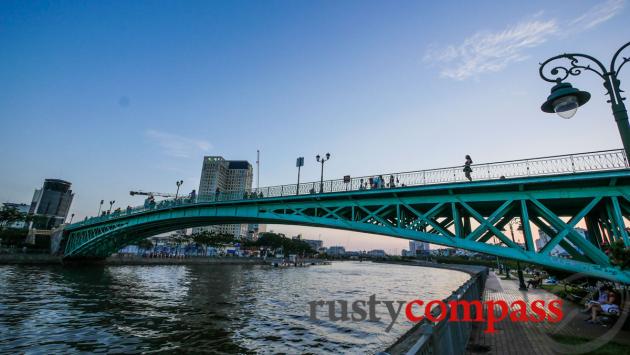

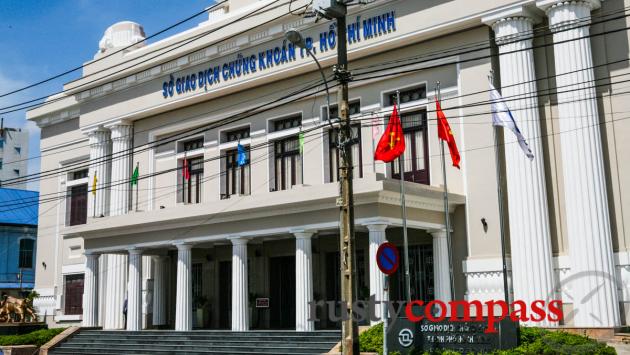
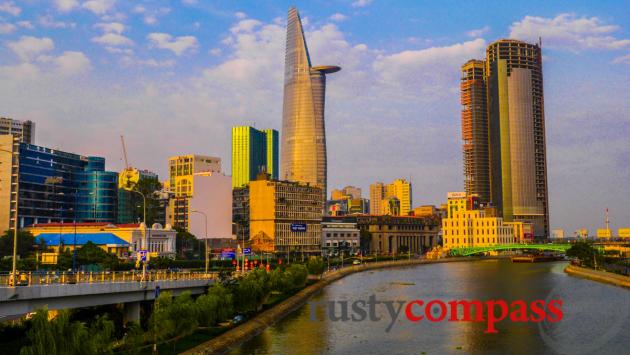
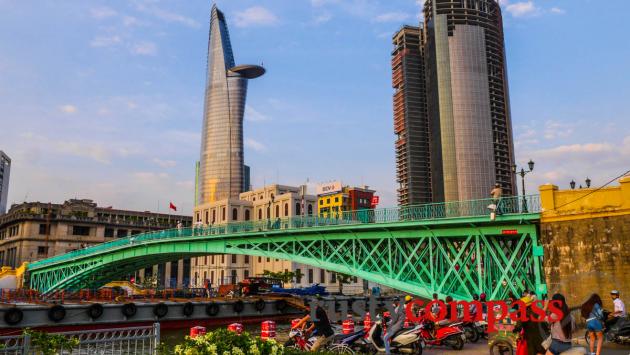







There are no comments yet.